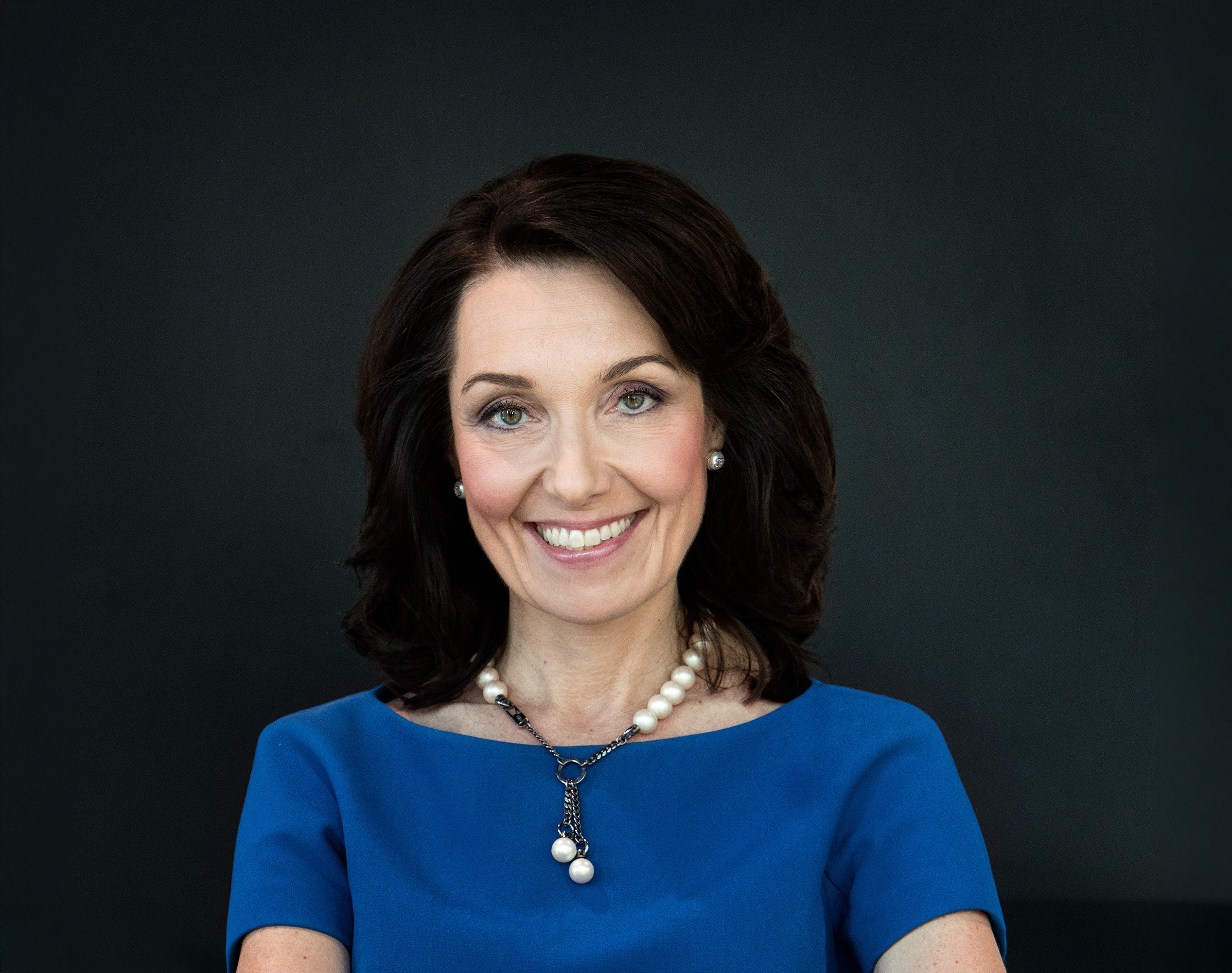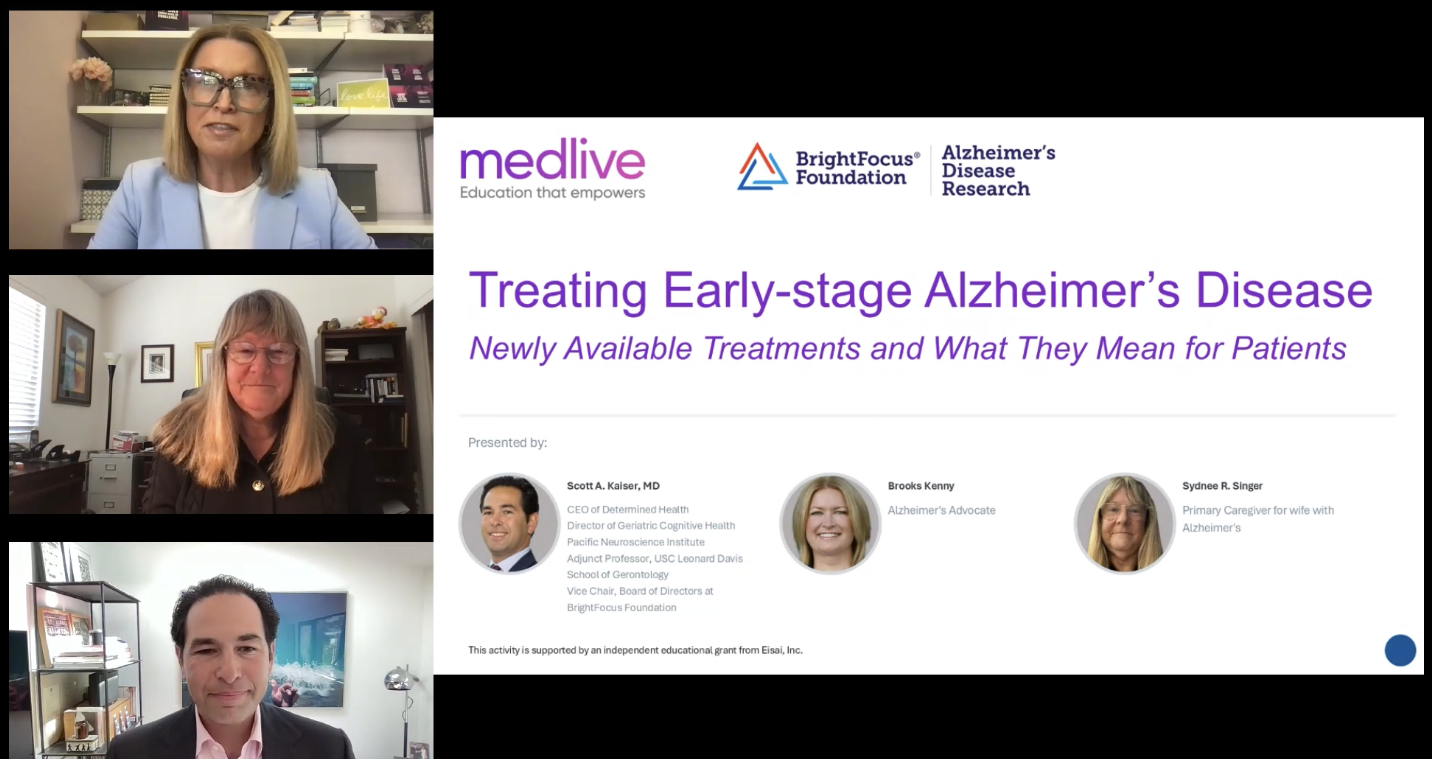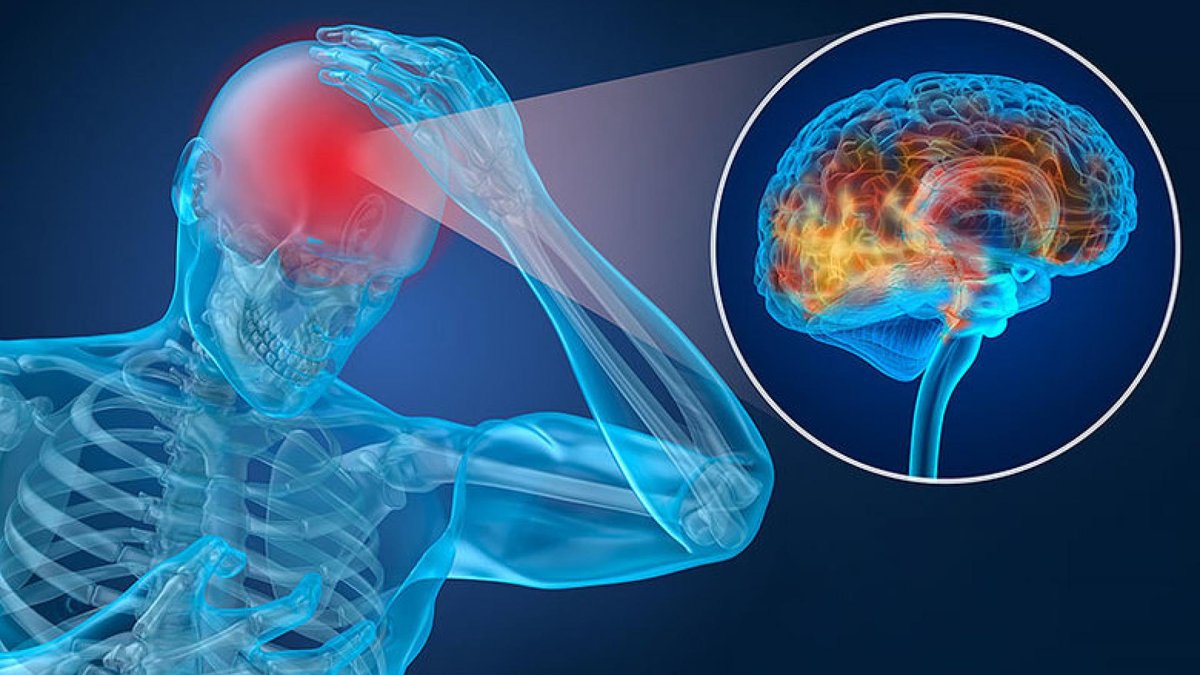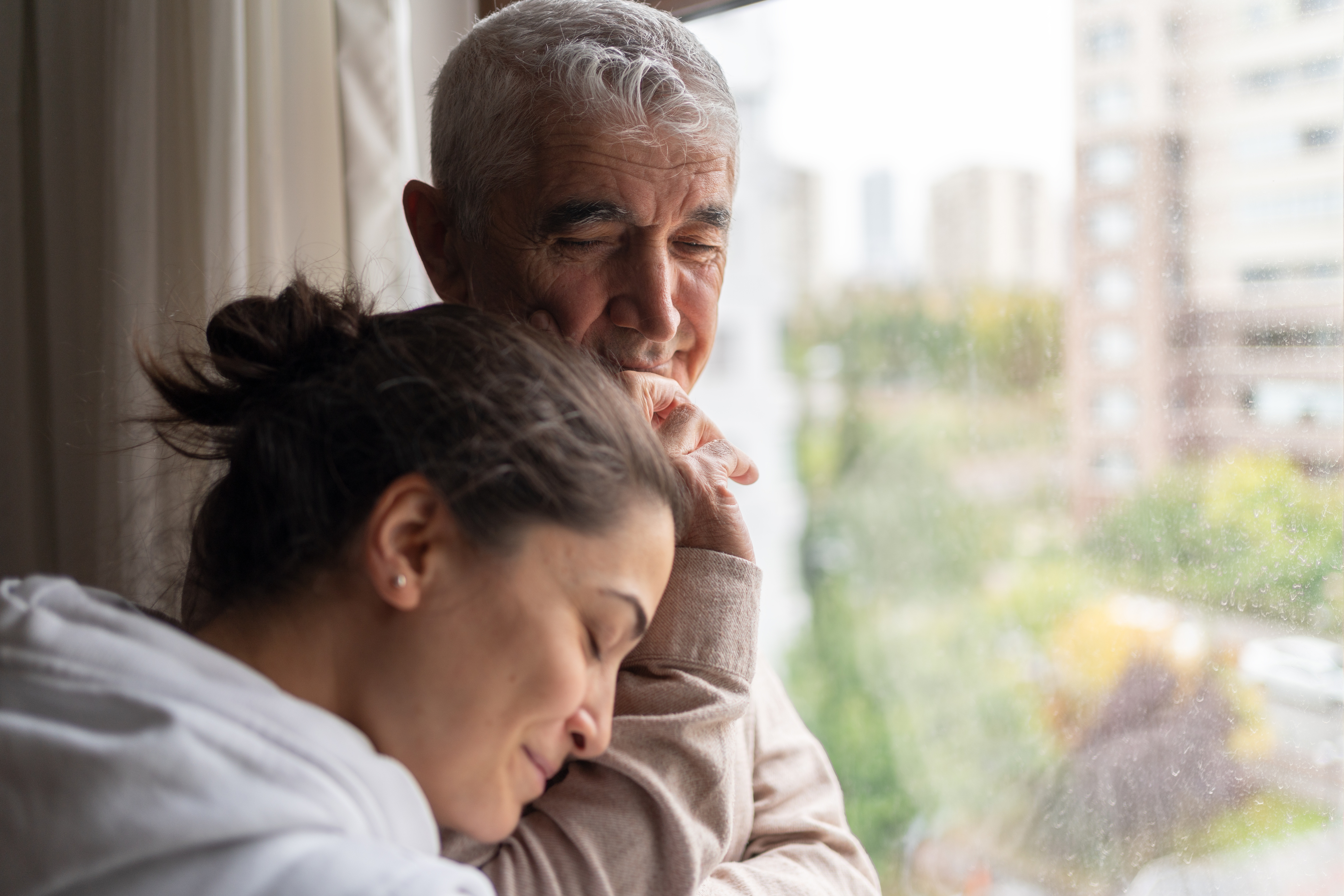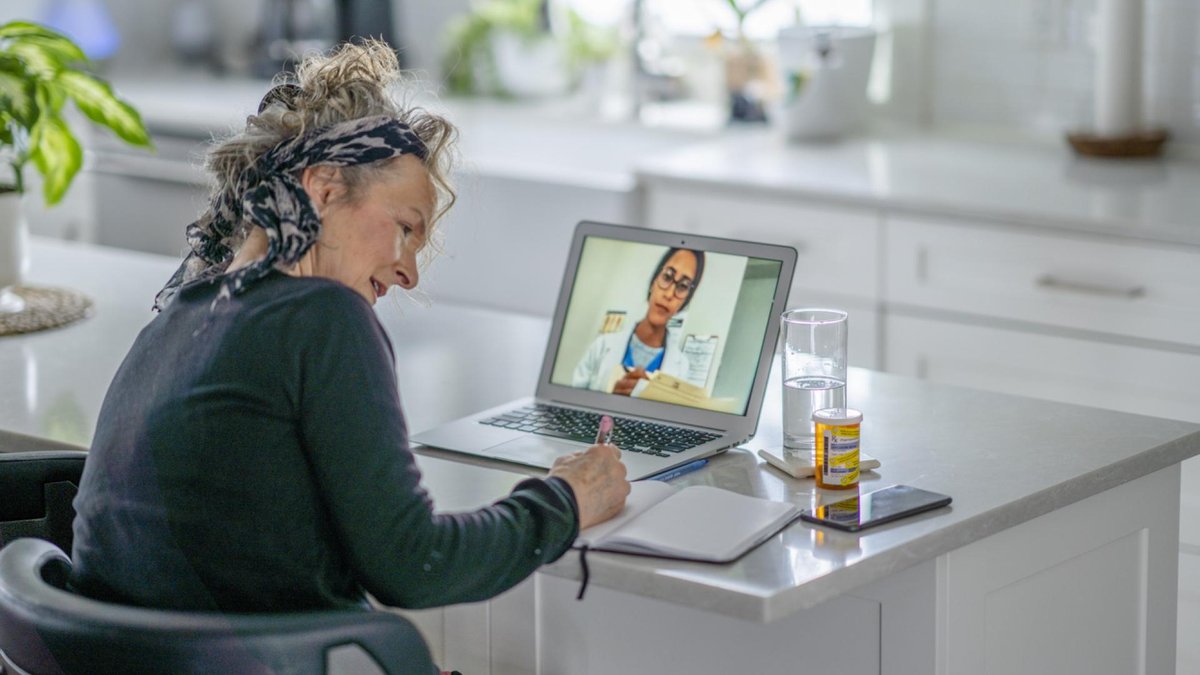
Whether it be for engaging a loved one with Alzheimer’s, managing behaviors non-pharmacologically, creating a safer environment, or monitoring from a distance, technology has taken a place in caring for our loved ones by providing some wonderful tools, both for those with Alzheimer’s and for those who care for them.
Whether it be for engaging a loved one with Alzheimer’s, managing behaviors non-pharmacologically, creating a safer environment, or monitoring from a distance, technology has a place in caring for our loved ones by providing some wonderful tools, both for those with Alzheimer’s and for those who care for them.
George, a 75-year-old gentleman with Alzheimer’s, attends the local adult day center three days a week. Doing this allows him some important social time and an opportunity to engage with other seniors in a safe and structured environment. It also allows his wife and primary caregiver time to take care of her own personal and health needs, as well as manage their home and keep up with her church and charitable activities. George enjoys his time at the center. Toward the end of the day, though, he often becomes agitated by the commotion of the departures of fellow seniors. To minimize his agitation and risk of wandering out the door with them, the center and George’s wife collaborated on loading an iPhone with George’s favorite music – from classical to opera to big band. With his headphones and iPhone, he is easily soothed and not distracted by the commotion of the late afternoon. It is a great solution, both for his agitation and for his safety.
Maximizing Independence and Functioning
As a disease that causes loss of thinking, memory, and reasoning skills and seriously affects one’s ability to carry out daily activities, Alzheimer’s triples healthcare costs for Americans 65 and older.
Technology, though, provides more possibilities for those with Alzheimer’s and for their caregivers. It can maximize independence, improve safety and quality of life, reduce neuropsychiatric symptoms, and lessen caregiver burden. Some proven examples include Amazon’s Alexa for daily reminders or a customized iPad for reminders about appointments and activities. Each of these has been shown to provide the one with Alzheimer’s with more independence, giving the caregiver a little less to do.
TeleHealth Technology
Telehealth technologies have numerous applications in the home or care facility and can relieve stress for both care recipient and caregiver.
- Video monitoring technology supports both care recipient and caregiver by providing useful content for care plan discussions with professionals and more immediate feedback for the caregiver
- More immediate feedback to help a caregiver make changes in their approach to difficult behaviors can decrease stress for the care recipient and caregiver
- Additional telehealth technology includes exit sensors, enuresis sensors, flood detectors, carbon monoxide (CO) detectors, extreme temperature detectors, bed occupancy sensors, and medication reminders
During the COVID-19 pandemic, telehealth became a standard technology for healthcare professionals. It is safe and effective when consulting with patients and families and eliminates many trips to the physician’s office.
Safety
Technology for safety is designed to protect the care recipient, provide ongoing surveillance, prevent injuries, and prevent unintended exits from the home.
Safety devices include medication organizers, wearable ID program devices, location technology, bed occupancy sensors, door security bars, touchpad key locks, and window sensors.
One example of a safety solution is to place a GPS tracker on the pet dog of a person with Alzheimer’s when it is a dog that never leaves the person’s side. This way, the family would know the location of both owner and dog in the event of an emergency.
Behavioral Management
Non-pharmacological treatments to manage agitation and other difficult behaviors can be effective first-line interventions.
In a pilot study of people with dementia in an adult day center, Riley-Doucet and Dunn (2013) measured behaviors before and after a multi-sensory intervention and concluded that the treatments used, such as a vibrating tube, music, a fiber optic string light, a solar effects projector, an aroma diffuser, and a plasma ball, were instrumental in improving attention span, restlessness, wandering and impulsiveness, to name a few. Caregivers, too, indicated satisfaction with the experience and believed the multi-sensory technology was useful for reducing anxiety and agitation among their care recipients.
Technology for All
The independence and positivity technology can give a person with Alzheimer’s means the less his caregiver will need to do. Whether it be an off-the-shelf technology or a customized app, technology has a place by providing some wonderful tools, both for those with Alzheimer’s and for those who care for them.
About BrightFocus Foundation
BrightFocus Foundation is a premier global nonprofit funder of research to defeat Alzheimer’s, macular degeneration, and glaucoma. Through its flagship research programs — Alzheimer’s Disease Research, Macular Degeneration Research, and National Glaucoma Research— the Foundation has awarded nearly $300 million in groundbreaking research funding over the past 51 years and shares the latest research findings, expert information, and resources to empower the millions impacted by these devastating diseases. Learn more at brightfocus.org.
Disclaimer: The information provided here is a public service of BrightFocus Foundation and is not intended to constitute medical advice. Please consult your physician for personalized medical, dietary, and/or exercise advice. Any medications or supplements should only be taken under medical supervision. BrightFocus Foundation does not endorse any medical products or therapies.
- Lifestyle






